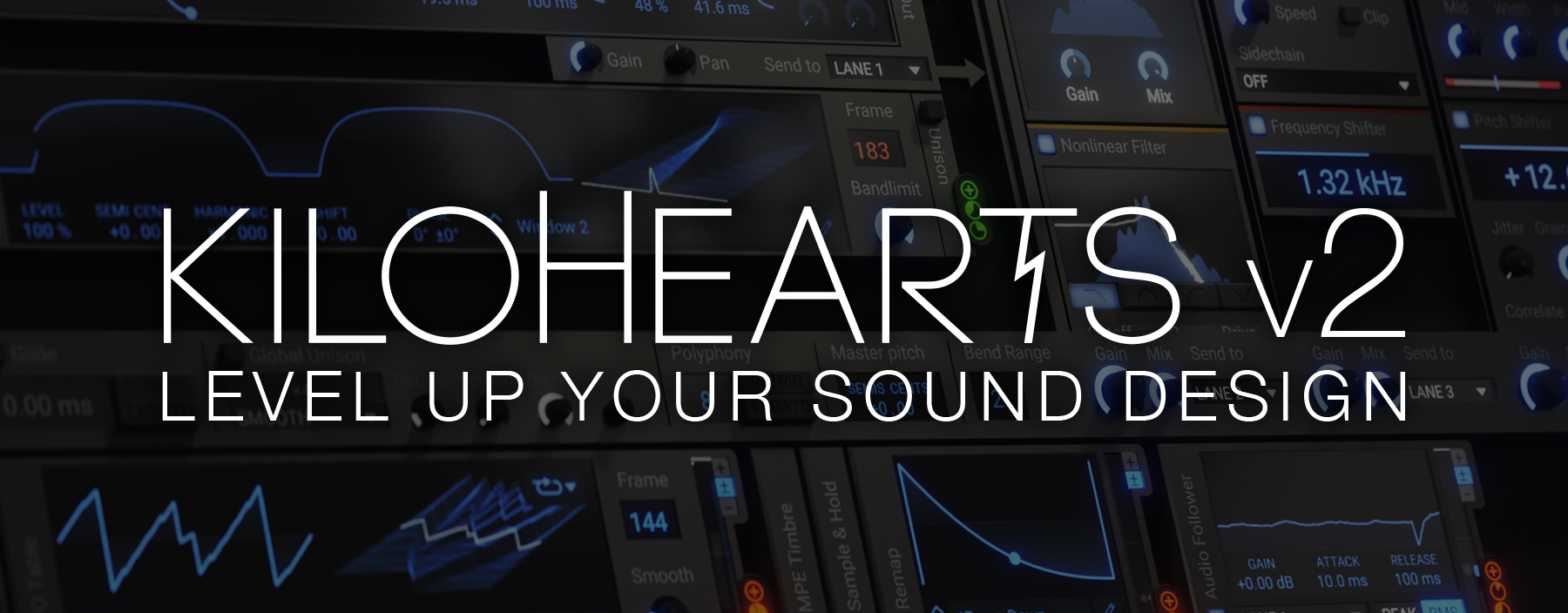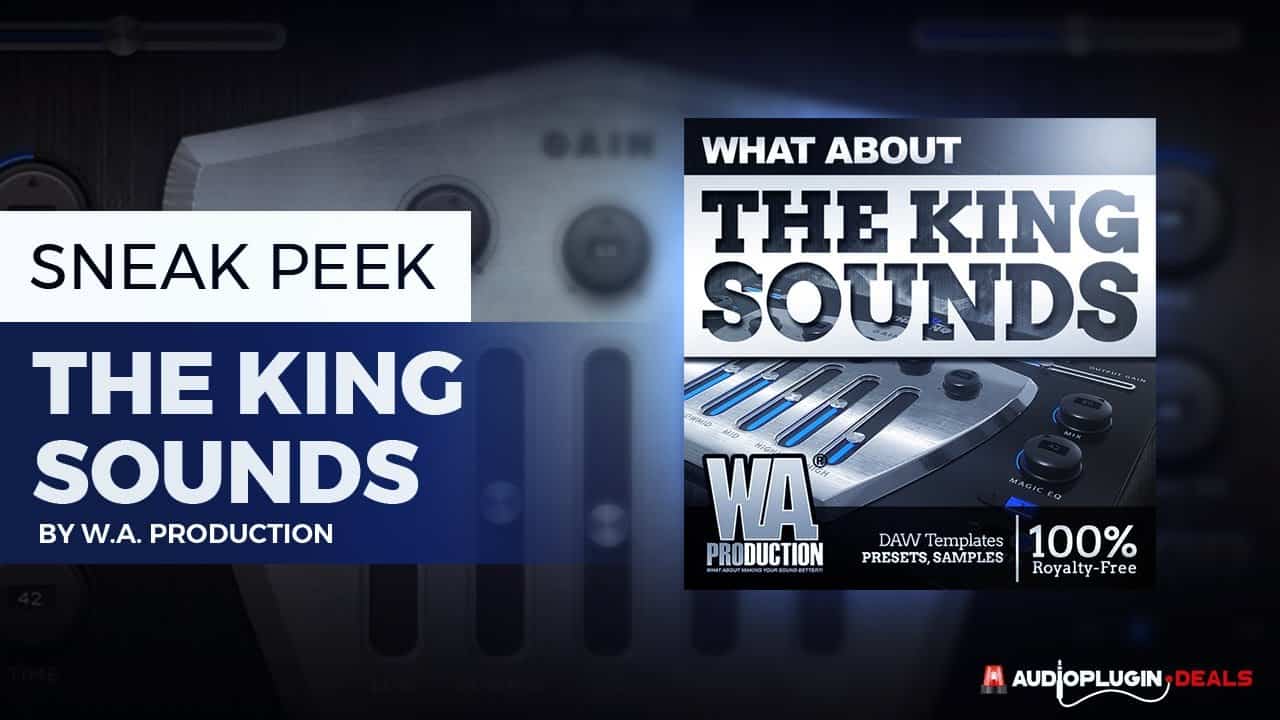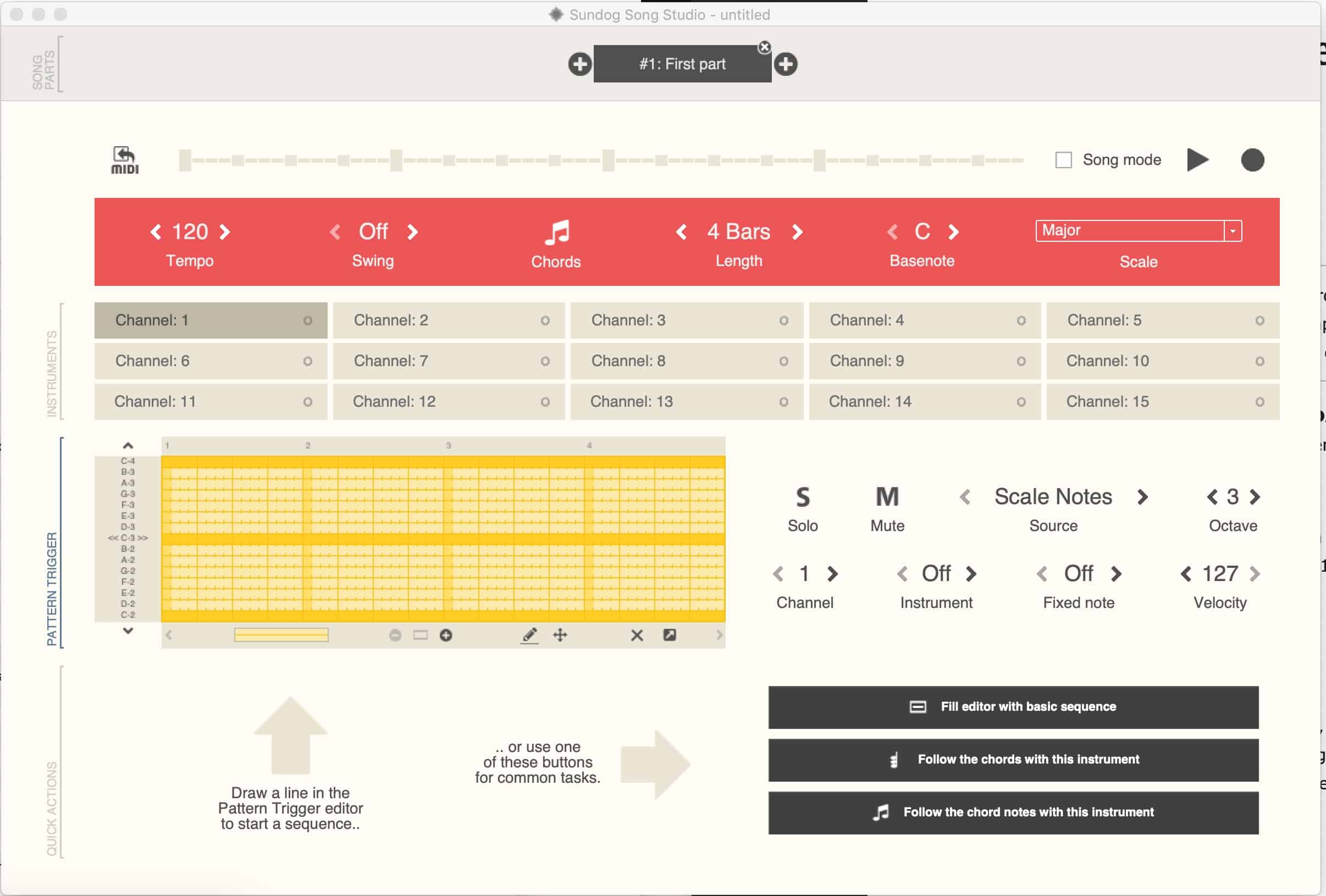MiniLab Mk II – Do you need a portable, powerful keyboard controller that doesn’t take up too much space? Look no further than the MiniLab MkII! This amazing little keyboard has everything you need to create great music, including pitch, modulation, and velocity controls.
It also features perfect integration with popular music software programs like Ableton Live and Logic Pro X. Plus, it comes with an amazing bundle of software that will help you get started right away.
MiniLab Mk II
Looking for a versatile, powerful, and portable MIDI controller? Look no further than the MiniLab MkII! This slim keyboard is velocity-sensitive for expressive playing and features two banks of 8 pressure sensitive pads that are velocity- and pressure-sensitive for dynamic performance.
The 16 rotary encoders are perfect for tweakable real-time control, while the 2 capacitive touch sensors provide pitch bend and modulation capabilities. Plus, there are 8 user presets so you can recall your favorite settings quickly and easily.
Arturia MiniLab MKII Inverted MIDI Controller Black
Arturia MiniLab MKII in a black Version. Looks awesome with a cool inverted color scheme
The MiniLab MkII is also USB powered, making it easy to take with you wherever you go. For unbeatable convenience and performance in a small package, make the MiniLab MkII your go-to MIDI controller.

Design of the Arturia Minilab MKII
The Arturia Minilab MKII is your perfect musical partner, whether you’re a producer, composer or live performer. This 25-key keyboard controller gives you total control over any MIDI parameters in connection with your DAW, so you can create great music wherever and whenever inspiration strikes.
The Minilab MKII has 16 rotary controls, 8 velocity-sensitive pads, two capacitive touch strips for pitch bend and modulation, octave buttons and a shift button to access more functions – plus another button for switching the pressure sensitive pads. With all this power at your fingertips, you’ll be able to take your music to greater heights than ever before!
Arturia MiniLab MKII Inverted MIDI Controller Black
Arturia MiniLab MKII in a black Version. Looks awesome with a cool inverted color scheme
The Arturia Minilab MKII is a compact format keyboard, lightweight MIDI controller that is perfect for traveling musicians. The unit features 25 velocity-sensitive keys, two touch strips, and four control buttons.
The Minilab MKII also features an improved design over the previous model, with the touch strips relocated above the first few keys. This gives the unit a more streamlined look and feel. The Arturia Minilab MKII is a great choice for anyone looking for a portable, affordable MIDI controller.

Arturia Minilab MKII Rotary Controls and Pressure Sensitive Pads
The pressure sensitive pads and rotary controls on the Maschine are well-placed and easy to use. The pads trigger cleanly and the rotary controls are responsive. The only downside is that the rotary controls are not detented, so they can be difficult to accurately adjust. Overall, the Maschine is a well-built and user-friendly piece of equipment.
Arturia Minilab MKII USB Port
The Arturia Minilab MKII is a versatile MIDI controller that can be used with a wide range of musical instruments and software.
One of its most notable features is the rear USB port, which allows it to be connected to a computer. This makes it easy to use with digital audio workstations (DAWs) and other music production software.

In addition to the USB port, there is also a connection for a damper pedal and a Kensington lock on the back. These additional features make the Minilab MKII an ideal choice for those who want a fully-featured MIDI controller.
Arturia Minilab MKII Keyboard
Thanks to its self-developed keyboard, the Arturia Minilab MKII is a big improvement over the original. Mini-keyboards can often be quite inaccurate in terms of touch, and it can be difficult to adjust to the smaller key size if you’re used to playing on “normal” sized keys.
But the keyboard on the Minilab MKII plays very well. I don’t know how the original keyboard felt, so I can’t make a direct comparison, but the MKII definitely feels like a step up. Plus, the added velocity and aftertouch are great for expressive playing. If you’re looking for a good mini-keyboard, the Arturia Minilab MKII is definitely worth considering.
MiniLab MkII Music Production
When it comes to music production, the MiniLab MkII is a powerhouse of a controller. Despite its small size, it packs a punch with its versatile controls and perfect integration.
Whether you’re a musician on the go or working in a studio where space is at a premium, the MiniLab MkII is an ideal choice. The included software bundle is top-notch, and the controller itself is easy to use and intuitive.
MiniLab MkII’s Compact Form
Don’t let the MiniLab MkII’s compact form factor fool you – it’s a powerful little machine or a compact format keyboard. While it might be small, it’s packed with features that will streamline your creative process. The lightweight yet rugged build means it’s easy to take with you on the go, and the quality is unrivaled in its class.
The MiniLab MkII is a versatile and portable keyboard that is perfect for playing anywhere. With its USB-powered design, it can be used with a laptop or desktop computer, making it the ideal keyboard for busking or touring.

The MiniLab MkII also comes with Analog Lab Intro, a software that allows you to control virtual instruments and trigger samples and drum loops. You can also record expressive automation with the MiniLab MkII, making it a powerful and easy-to-use keyboard for any musician.
The MiniLab MkII is a powerful and practical portable solution for anyone in need of a compact format keyboard controller. Its bus-powered functionality makes it easy to take with you wherever you go, and its rugged construction ensures that it can handle even the most demanding schedules. Additionally, its high-quality construction and sleek design make it a great addition to any studio setup.
Included Software
The MiniLab MkII comes with a powerful collection of complimentary software that includes the recording & production platform Ableton Live Lite and UVI Grand Piano Model D virtual piano. Analog Lab is a virtual ensemble software Analog Lab Lite lets you play with hundreds of legendary synth, piano, organ, and string machine sounds.
This makes it an ideal choice for musicians who want to create and record their own music. The MiniLab MkII is also compatible with a variety of other software programs, making it a versatile tool for any musician.
Ableton Live Lite
Ableton Live Lite is a powerful music production software that enables you to create, record, and edit your own music. The software is easy to use and has a wide range of features that make it perfect for both beginners and experienced producers.
One of the great things about Ableton Live Lite is that it comes with a library of pre-made sounds and loops that you can use to create your own tracks. You can also import your own audio files and use them in your productions. Live Lite also includes a wide range of effects that you can use to add depth and texture to your sound.
Overall, Ableton Live Lite is a great choice for anyone looking for a comprehensive music production solution. Ableton Live Lite is a free music production software that allows you to record, edit, mix, and export your songs in Ableton Live. Even if you don’t already have a DAW, Ableton Live Lite lets you start making music straight out of the box.
Analog Lab Intro / Analog Lab Lite
If you’re a keyboardist or synth player, then you know how important it is to have a good selection of sounds on hand for gigs and sessions. lugging around a bunch of different keyboards and synths can be a real pain, not to mention expensive.
Analog Lab Intro / Analog Lab Lite brings the best of Arturia’s V Collection titles together into one convenient package, so you can have all the sounds you need right at your fingertips.
With over 500 presets spanning every instrument, Analog Lab Lite / Analog Lab Intro is perfect for any musician who wants a reliable, all-in-one solution for their keyboard and synth needs. And with lightning-fast sound browsing, you’ll always be able to find the perfect sound for any situation. So why wait? Check out Analog Lab Intro today!
UVI Grand Piano Model D Virtual Piano
The Concert Grand Model D is one of the most beautiful pianos in the world. The Guillaume Tell sound stage in Paris is the perfect place to sit down and play it.
Deep multi-sampling, precision mastering, and advanced scripting provide you with all the warmth, expressiveness, and detail of the real thing. You will feel like you are playing the piano in a concert hall. The sound of the piano will fill the room and you will be able to feel the power of the music.
In order to create the most lifelike and expressive piano possible, UVI carefully sampled each note at a number of velocity levels with and without sustain. UVI then prepared and scripted these samples with advanced key group layers and rule switching in the UVI Engine, allowing the sustain pedal and release samples to articulate in a natural way.
During this process, we consulted with concert pianists and used their feedback to tune the algorithms to create the most enjoyable feel and natural playability possible. The result is an incredibly realistic piano that captures the full range of expression of a real concert grand.
Conclusion
Arturia produces some of the best MIDI keyboard controllers available in today’s market. Some Keyboards support beautifully playable mini keys and other MIDI keyboard controllers with larger keyboards fit not the space or when you are on the road, hence the need for go to small controller or MIDI keyboards.
The MiniLab MkII is a two-octave (25-key) MIDI keyboard controller with mini-keys. Despite being available for not much over $100, it’s loved by amateur and professional musicians alike. It comes in Arturia’s familiar white casing with black controls and blue highlights.
The build quality is excellent, and it’s small enough to take with you anywhere. The velocity-sensitive keys are a joy to play, and the aftertouch is a nice touch (pun intended). The pitch and mod wheels are nicely calibrated, and the pads are both responsive and velocity-sensitive.

The MiniLab MkII is a compact and lightweight controller keyboard that is perfect for musicians on the go. Featuring a USB port for easy connection to a computer, the MiniLab MkII is perfect for use with digital audio workstations and other music production software.
The keyboard plays well and has velocity and aftertouch capabilities, while the music production software bundle is top-notch.
The Arturia Minilab MKII is a great controller keyboard for anyone looking for good quality, easy-to-use, and versatile option. The good workmanship and wide range of applications make it a great choice for any musician. One of the best features of the Minilab MKII is the keyboard.
It is very easy to play, and the octave keys make it simple to expand the playing range. In addition, the 16 encoders and dual-assignable RBG illuminated pressure sensitive pads make it easy to control a large number of parameters. This, coupled with the maximum of eight user memory slots, makes the Minilab MKII a great choice for any musician looking for a versatile and easy-to-use controller keyboard.











